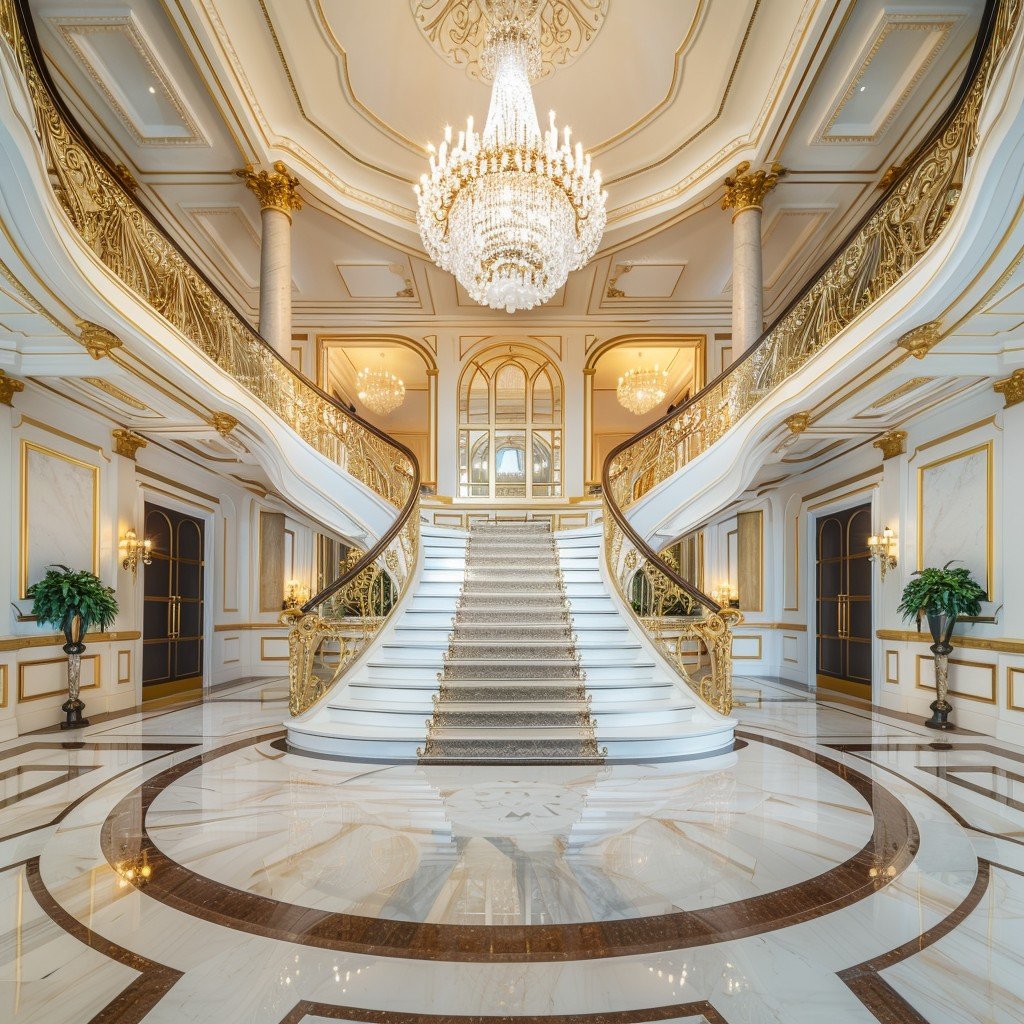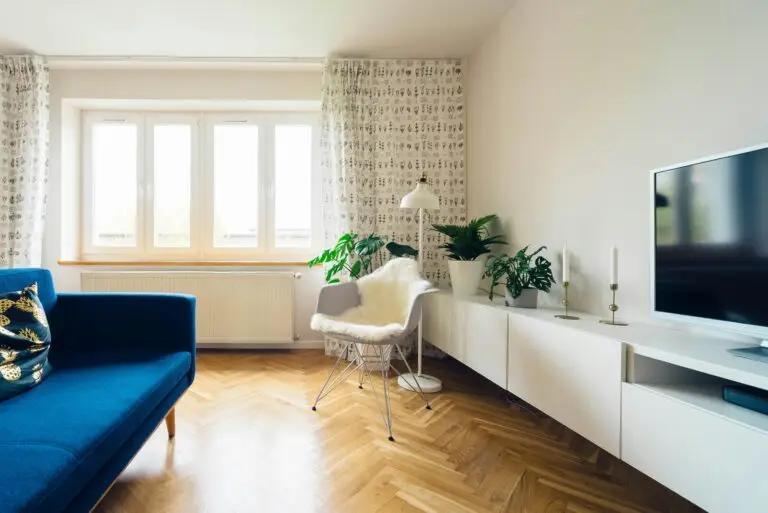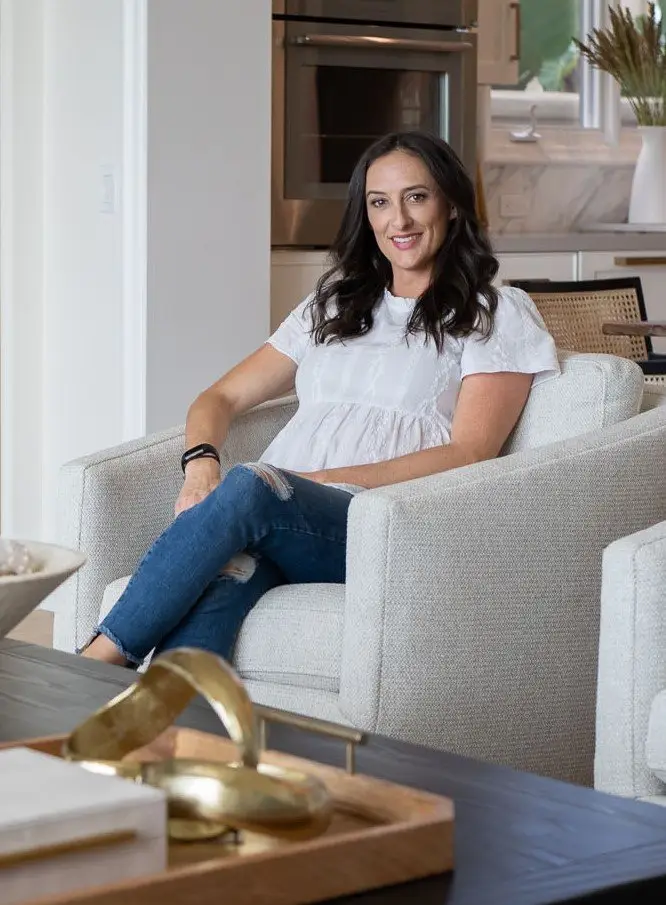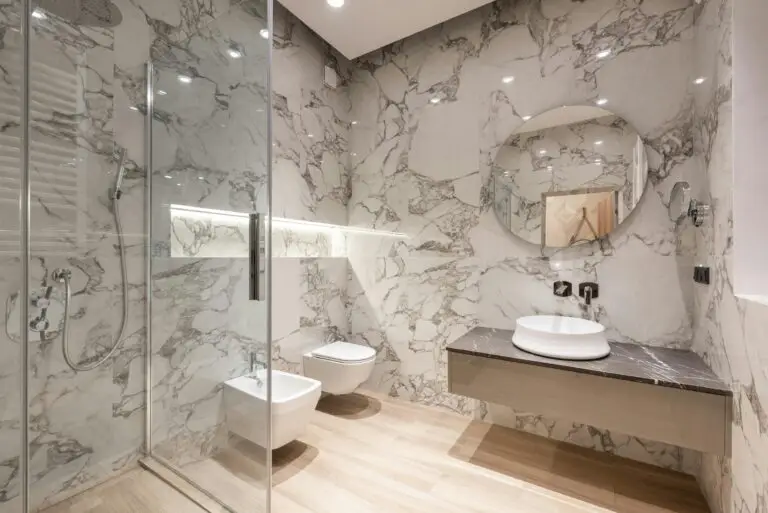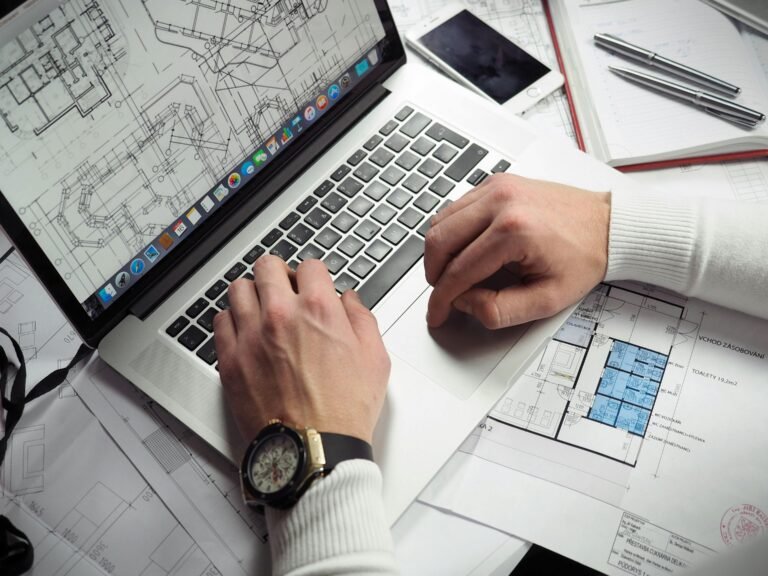Architecture And Interior Design
Architecture and Interior Design fuse artwork with technology to create purposeful, aesthetically captivating spaces. They awareness on spatial functionality, safety, and improving the person revel in via layout elements.
The international of Architecture and Interior Design is a harmonious combination that shapes the environments in which we live, work, and play. Architects and indoors designers collaborate to merge the structural integrity of a space with its interior appeal, ensuring that each constructing is not only safe and robust but additionally cushty and visually attractive.
This area caters to the flavor and desires of individuals, aiming to maximize space application at the same time as reflecting private or logo styles. From the large strokes of constructing design to the quality information of decor, those experts bear in mind every element to create cohesive and alluring spaces. The industry remains abreast with the today’s traits and materials, integrating sustainability and era to meet the evolving needs of contemporary society. With a keen eye for element and a commitment to excellence, the fusion of structure and interior layout stands at the vanguard of making dynamic and attractive spaces.
The Symbiosis of Architecture and Interior Design
The union of architecture and indoors layout is critical. It ensures areas are each lovely and purposeful. Architects and architects work together to create environments which might be seamless. They awareness on integrating form with feature to make spaces livable.
Creating cohesive spaces requires a deep information of both fields. Design factors have to align with structural additives. This alignment makes spaces feel unified and inviting. The purpose is to blur the limits between the building and its inside. This technique leads to spaces that are practical and aesthetically pleasing.
Historical Evolution
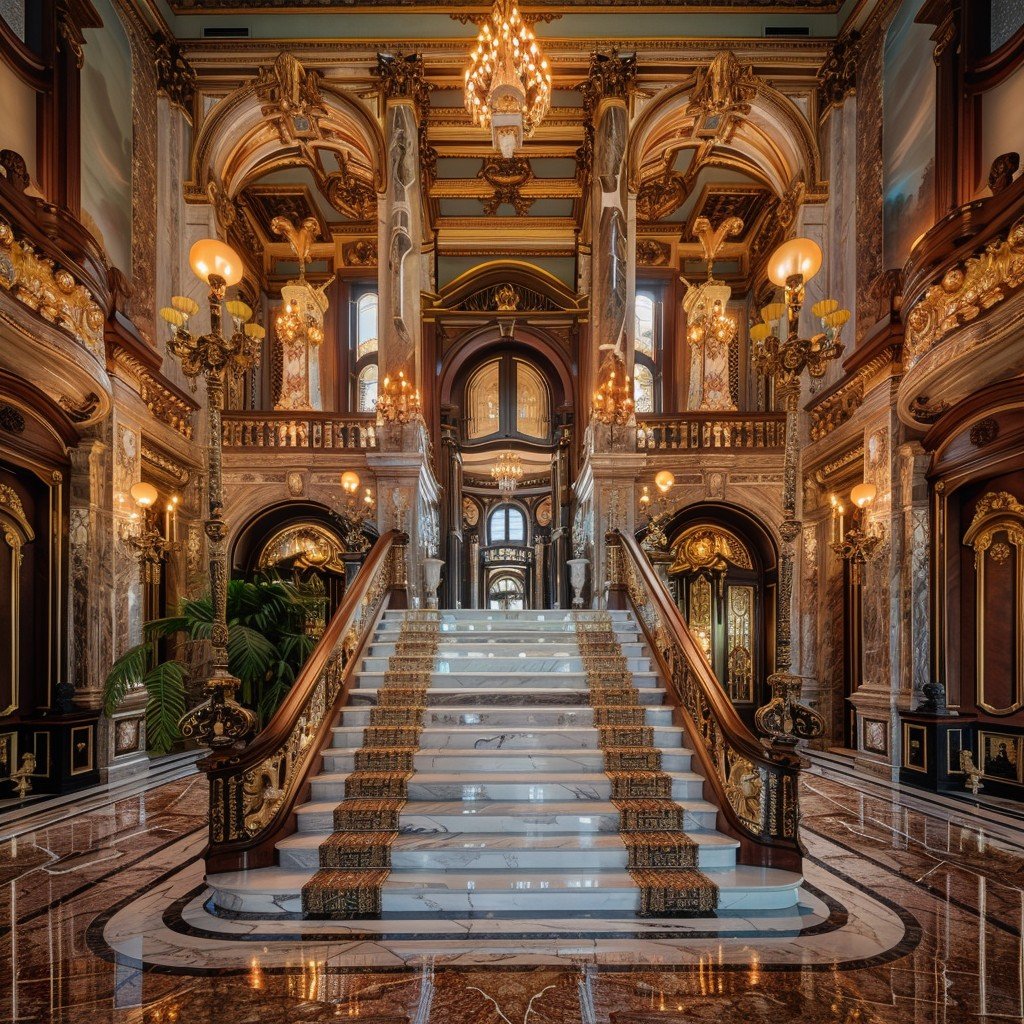
The records of structure and indoors design is long and wealthy. Ancient civilizations, just like the Egyptians and Greeks, performed a massive element. They built huge temples and palaces. People nonetheless love these designs these days.
After that, Roman ideas delivered greater patterns. They used arches and domes plenty. This blend from old instances created many patterns. Each one tells a tale from the beyond.
Then came Modernism. It started out inside the 20th century. This fashion is all approximately easy traces and forms. It says, “less is extra”. This idea modified how homes and rooms appearance. Now, many locations use this fashion. It makes areas sense open and mild.
Elements That Bind Architecture and Interior Design
Space making plans and structural harmony are key in linking architecture and indoors layout. These elements ensure rooms go with the flow nicely and experience balanced. Architects and architects’ paintings collectively to make areas each stunning and practical. This collaboration outcomes in buildings that aren’t only visually appealing however additionally sensible.
Material continuity and texture play a widespread function too. Using the identical materials internal and out creates a unbroken enjoy. Think of a residence with stone outdoors partitions and a hearth echoing that stone inside. This method brings a sense of unity and concord to the layout. Textures add depth and hobby, making areas more inviting.
Role of Light and Shadow

Natural light shapes the atmosphere of interior spaces. It complements textures and hues. Clever layout amplifies sunlight hours’s impact on a room. Consider the room’s orientation. North-dealing with rooms get constant light. East-dealing with rooms bask in warm morning mild. South-facing rooms revel in shiny midday sun. West-dealing with rooms capture tender afternoon glow. Each orientation needs precise layout strategies.
Interior illumination techniques create visible comfort and mood. They involve combining various light sources. Ambient lighting offers usual illumination. Task lighting specializes in precise areas. Accent lighting highlights architectural functions or artwork. Designers use these techniques to stability mild and shadow. This stability brings spaces to lifestyles.
Color Theory in Design
The psychology of colour plays a pivotal role in interior layout. Specific colors can evoke distinct feelings and behaviors. For example, blue often instills an experience of calm, at the same time as crimson might also energize a space. Designers must select hues that supplement the structure. A room’s cause additionally impacts coloration choice. Neutral tones paintings nicely in expert settings. Vivid colours is probably better perfect for innovative areas.
Understanding coloration concept is fundamental. It ensures that selected colorings align with the room’s atmosphere and motive. It is vital to pair colorations with natural light and room size.
| Color | Emotion | Space Type |
|---|---|---|
| Green | Relaxation | Bedrooms, Spas |
| Orange | Excitement | Gyms, Playrooms |
| Purple | Luxury | Boutiques, Lounges |
Sustainable Practices
Eco-pleasant materials are key in contemporary structure and interior design. Natural, sustainable sources like bamboo and reclaimed wooden are popular choices. These materials now not only reduce environmental impact but additionally provide durability and timeless enchantment. Non-poisonous paints and adhesives make sure healthier indoor air quality. This is crucial for both the planet and our well-being.
Designing for strength performance is a smart move. Use of insulation, energy-efficient home windows, and sun panels can decrease power consumption. Proper orientation of homes maximizes herbal mild, lowering the want for artificial lighting fixtures. Smart layout cuts fees and benefits the environment.
| Material/Technique | Benefits |
|---|---|
| Bamboo | Sustainable, Durable |
| Reclaimed Wood | Eco-friendly, Timeless |
| Non-toxic Paints | Healthy Air, Safe |
| Insulation | Energy Savings, Comfort |
| Solar Panels | Renewable Energy, Cost-effective |
Technology’s Impact
Smart homes and automation constitute a revolution in residing spaces. Comfort and comfort are more desirable with automatic structures. Think of lights, thermostats, and safety all controlled through smartphones. These improvements offer now not most effective power performance however also customized experiences for owners. Virtual reality (VR) is reworking design planning. It permits architects and clients to visualize spaces earlier than they’re constructed. This generation gives a practical preview of architectural designs. With VR, modifications to designs are made speedy and effectively. It saves money and time, reducing the want for physical models.
Case Studies
Iconic homes stand tall, telling memories through their designs. Their interiors, a hidden global, invite us to explore. The Eiffel Tower in Paris, for instance, isn’t just a surprise from the outdoor. Inside, it houses restaurants and an statement deck, imparting views and eating the various clouds.
Another instance is the Sydney Opera House. Its sails-like outside is well-known worldwide. Inside, its halls are domestic to unforgettable performances. The layout allows sound to tour perfectly, making each note clear.
Turning to transformative indoors designs, spaces like the High Line in New York exhibit innovation. What was as soon as a rail song is now a green walkway. Plants and artwork installations line the direction, developing a non violent break out inside the metropolis.
These examples display how structure and indoors layout paintings collectively. They create spaces which can be each stunning and practical. Each building and interior tells its personal tale, contributing to the town’s character.

FUTURE TRENDS
Architecture and interior layout are converting rapid. New patterns are doping up.
Emerging Styles in Architecture bring clean air to cities. Buildings appearance exceptional now. Some are twisting, others blend with nature. All are pleasing. People need green spaces in towns. So, architects make buildings with flora on them. This is called vertical gardening. It is cool and precise for the air.
Innovations in Interior Spaces make houses smarter. Furniture can do multiple components. Beds develop into desks. Sofas hide greater chairs. This is superb for small places.
Lights in houses are converting too. They can exchange shades and are clever. You can control them with a smartphone. This makes rooms appearance unique anytime. Materials in houses are also changing. People use recycled matters to decorate. This is good for Earth.
EDUCATIONAL PATHWAYS
Educational pathways in architecture and indoors layout are numerous. Many universities offer Bachelor’s stages in architecture, indoors layout, and environmental layout. These packages regularly span 4 to five years. Master’s tiers provide advanced know-how, with specializations like sustainable layout or city planning.
Certifications can beautify a designer’s credibility. The National Council for Interior Design Qualification (NCIDQ) exam is a remarkable one. It affirms knowledge in design ideas and practices.
Career possibilities in this field are broad. Graduates can turn out to be certified architects, indoors designers, or city planners. Roles in construction management, fixtures layout, and historic upkeep also are available. With enjoy, some specialists begin their own corporations or emerge as consultants.
CONCLUSION
As we wrap up, it’s clean that the synergy between structure and interior layout shapes our environments profoundly. Both disciplines, intertwined, beautify our day by day lives by way of developing spaces that are not handiest practical however additionally aesthetically captivating. Embrace this fusion for a harmonious dwelling or operating space that stands the take a look at of time.

